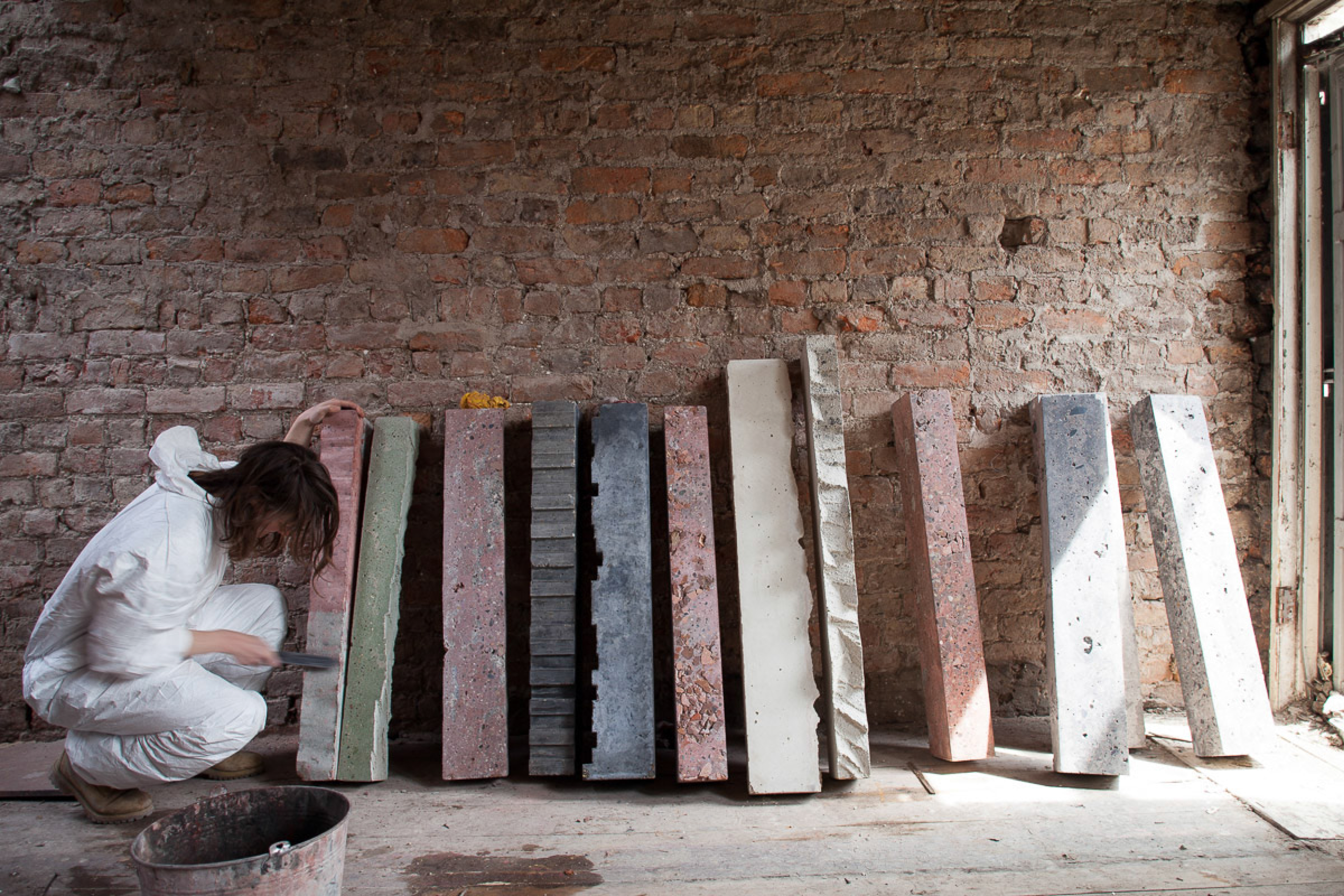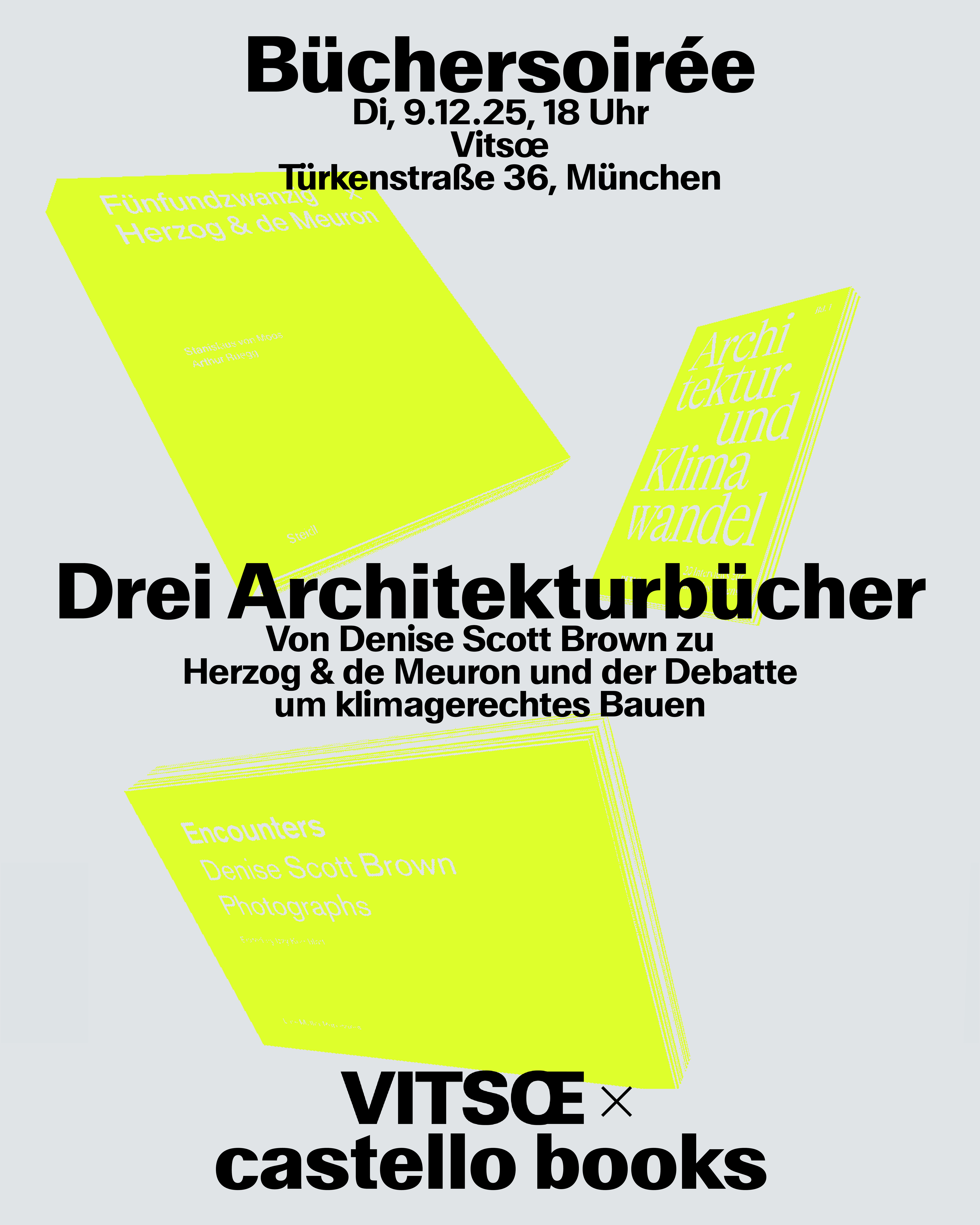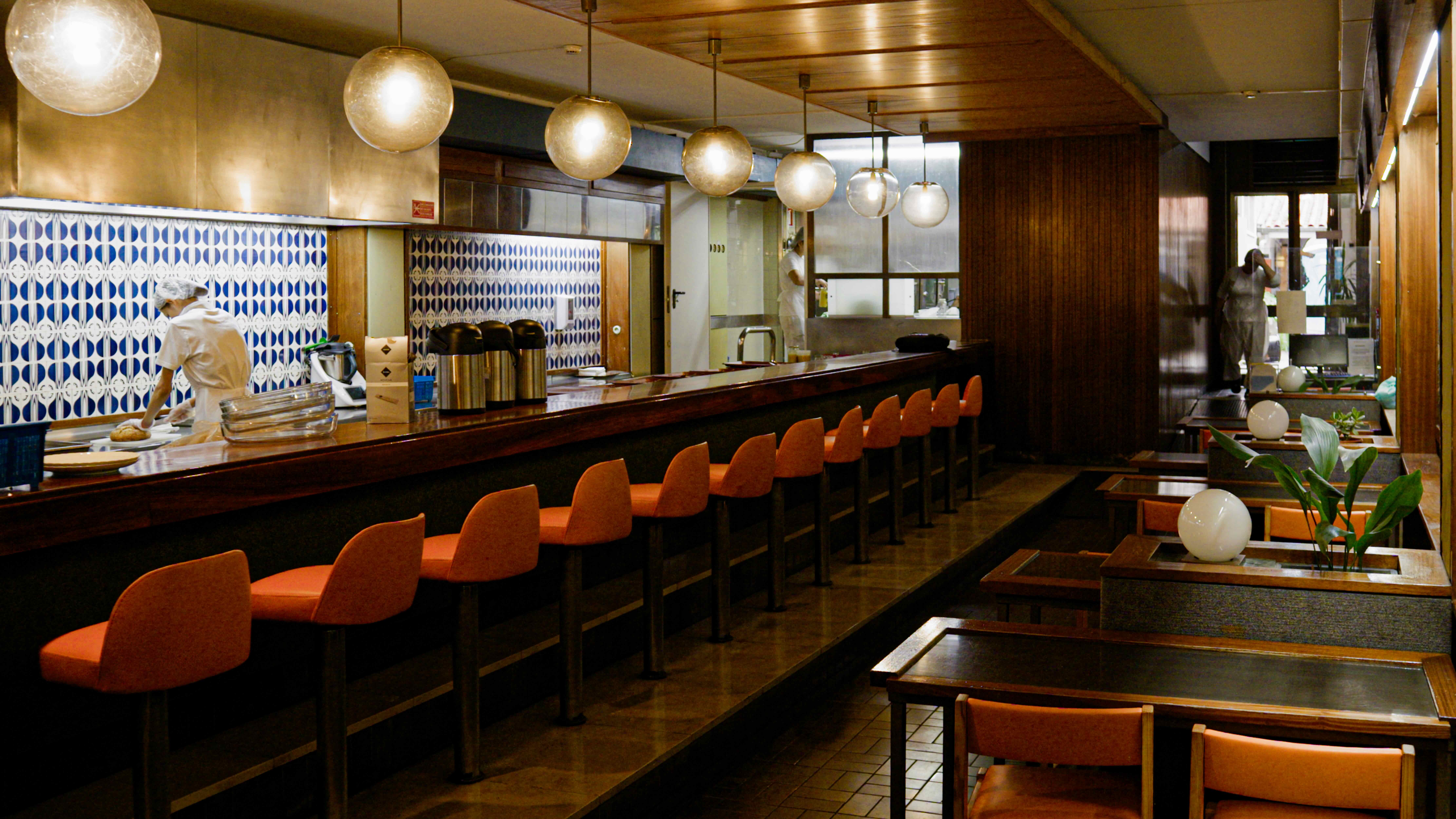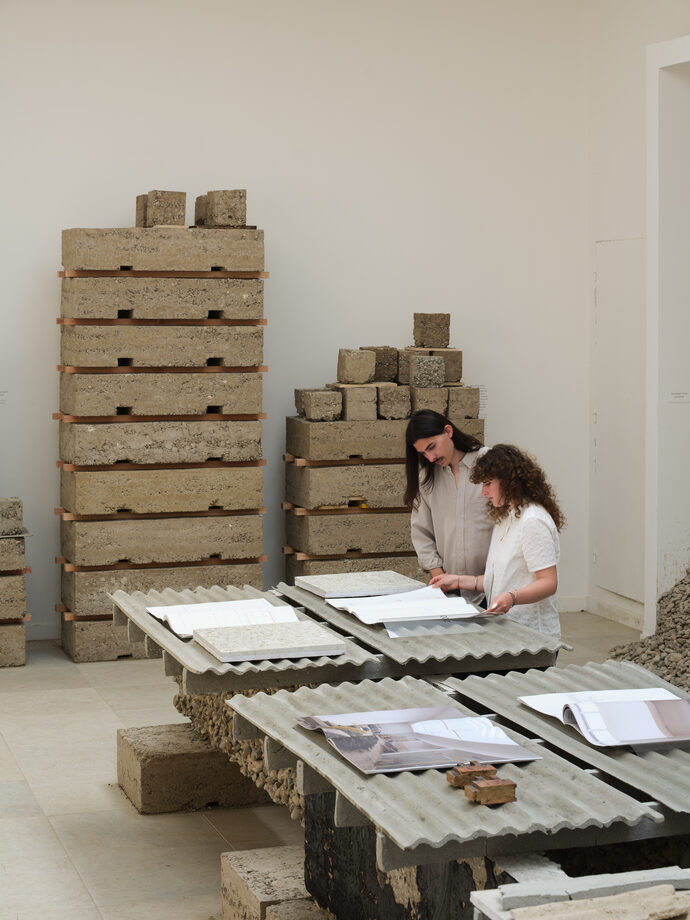A visit to Olafur Eliasson’s Berlin studio
Olafur Eliasson needs a tissue. “I can see the rest of my kids’ breakfast on my glasses“, he says while
taking them off and cleaning their shimmering silver frames. Crystalline structures dangle above his head and fragile mock-ups are scattered all over the space. Even the tall shelves are stuffed with mysterious miniatures of celestial bodies and other prototypes made of wire. The room resembles an archive of astronomical studies and stellar thoughts developed by the artist over the last decades. Eliasson’s studio is a lively laboratory for all kinds of ideas, the opposite of the clichéd lonely artist’s place. About 60 people work on three floors of a building in Pfefferberg, a former breweries area in Prenzlauer Berg, Berlin. There are mathematicians, carpenters, art historians and architects from different countries. Like a big family, they all have lunch together in the studio’s kitchen, prepared by two cooks who are part of the team. For 18 years, this Danish-Icelandic artist has lived and worked in the German capital, his team slowly growing to number that of a small company, and with the daily routine over the years, Eliasson has partly become a Berliner. “I still don’t dream in German, but I like the German language”, he says with a soft and fizzling Scandinavian accent. “The act of translating is, in general, very important to me. My work always deals with ideas that are translated into physical structures, and of course the language influences this process.”
Reflecting perception
Last year, Eliasson’s design for the crystalline façade of the Harpa Concert Hall in Reykjavik was completed, providing glittering highlights along the cliffy coast in Iceland’s capital. For the ARoS museum in Aarhus, the artist recently created a circular walkway on the rooftop, providing visitors with a spectacular rainbow-panorama over the city. Explaining the driving force behind his work, Eliasson claims: “I probably would not be an artist if there where no people.” As a consequence, his interventions not only reflect the manner of perception during the process of their making, but also turn the reception of the work itself and the ways of perceiving art toward a central aspect, whether in museum spaces, urban environments or landscapes. Thus the ‘Non-stop-park’ entangled passers-by in Berlin in common white stripes similar to those found in athletic grounds – but the stripes indicated ways into the shrubbery. The ‘Berlin driftwood’ installation brought onto the pavements, roundabouts, and other urban environments giant tree trunks that the artist had collected on the coast of Iceland, and added small narratives to the multiple stories of the city. Going beyond convention or the common regulations of perception in order to explore the potential of the viewer’s experience is crucial in Eliasson’s eyes. The titles of his works often make evident this intention by addressing the viewer directly. ‘Your glacial expectations’ is the name of a recent installation developed in collaboration with the landscape-architect Günther Vogt. Looking into the five elliptical mirrors that are placed like glacial pools in the idyllic landscape at Ebeltoft, near the Kvadrat headquarters in Jutland, the sky opens up beneath and creates a sense of disorientation.
Reorientation
Using dust, mist, water or light as ingredients, Eliasson’s art often becomes a stumbling block in public environments, steering the visitor’s attention toward unusual sights to behold. His ‘New York City Waterfalls’ from 2008 temporarily turned the East River into a wild reservoir of natural resources. And the ‘starbrick’ lights, made of modular pieces of industrial design that hang from the ceiling like a huge stellar structure, turn the atmosphere in the foyer of EYE, the Amsterdam Film museum, into one of a cinema with many stars. “Light has become a good friend to me, a friend whom I constantly give attention to”, Eliasson says. In 2003 the artificial sun of his ‘Weather Project’ in Tate Modern’s Turbine Hall in London attracted more than two million visitors. Almost ten years later, the artist rightly chose the museum as a starting point for another and even wider collective light- experience. Together with the engineer Frederik Ottensen, Eliasson developed a small solar-powered lamp called ‘Little Sun’. During night hours in the summer period, visitors could use the lamp for orientation in the dark Surrealist Galleries. But the challenge that Eliasson confronts is, in fact, outside the museum walls. “Light is for everyone”, he says, “and the real sun belongs to everybody. It is quite ingenious in my eyes that everybody can help himself to this free light and make it individually useful.” The solar lamp converts five hours of natural light into five hours of condensed sunlight. The plan is to distribute and sell these lamps all over the planet, and especially in off-grid-regions. “About 1.6 billion people worldwide live without access to mains electricity”, Eliasson mentions, making clear that light is much more than something that merely illuminates things. His desire is to enable people to improve their quality of life, thus giving power to the people. Contrary to the monumental sun of his Weather project, Little Sun is a small, mass produced power station that can reach many more people than a museum can. It therefore actually has a chance to change reality and make life easier.
Text: Sandra Hofmeister





